Scientists Just Found a Snake Bigger Than a School Bus and Here Are 7 Insane Facts
A prehistoric serpent the size of a school bus might sound like something out of a movie, but paleontologists have unearthed fossil evidence of a real-life mega-snake in India. It is named Vasuki indicus after a mythical serpent from Hindu mythology. This ancient beast is bigger than anything alive today.
Here are 15 wild and fascinating facts about it.
Longer Than a Tour Bus
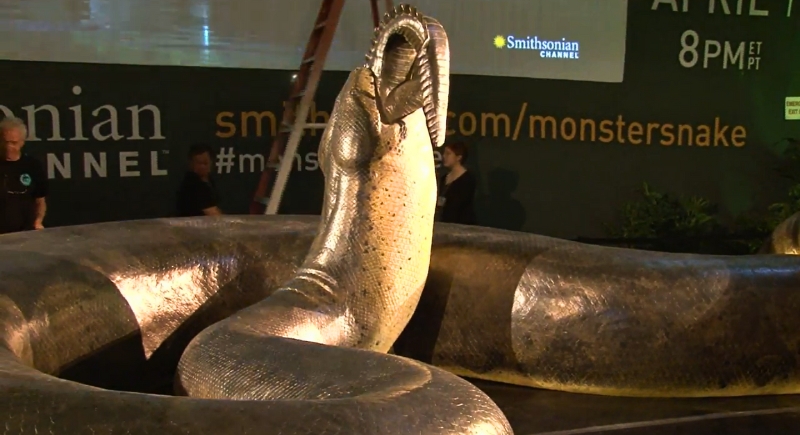
Credit: Youtube
Vasuki indicus may have stretched up to 49 feet (15 meters) in length, which is several feet longer than a typical school bus. For comparison, the green anaconda, one of today’s largest snakes, maxes out around 20 feet. Fossil analysis suggests Vasuki would have towered over most modern snakes and even outstretched the legendary Titanoboa, which was once considered the undisputed longest.
It Weighed Close to a Tonne

Credit: pexels
This giant wasn’t just long; it was heavy. Scientists estimate Vasuki weighed around 2,200 pounds (1,000 kg), roughly the same as a fully grown polar bear. Its body was thick, cylindrical, and muscular, making it more than just a long noodle; it was a true heavyweight champion of the Eocene.
Found in a Coal Mine by Accident
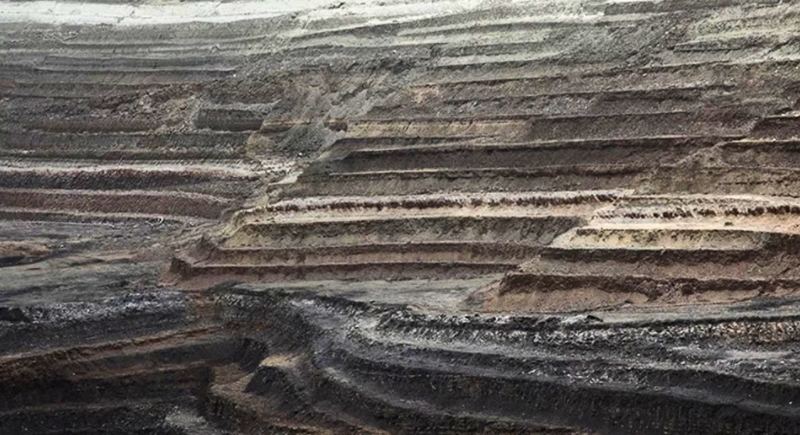
Credit: gmdcltd
The snake’s fossil remains were first discovered in 2005 at the Panandhro Lignite Mine in Gujarat, India. Workers weren’t hunting for bones, but they were mining coal. What they found instead were massive vertebrae that paleontologists originally mistook for those of a crocodile. As it turns out, it was the backbone of history’s longest constrictor.
It Belonged to a Now-Extinct Family
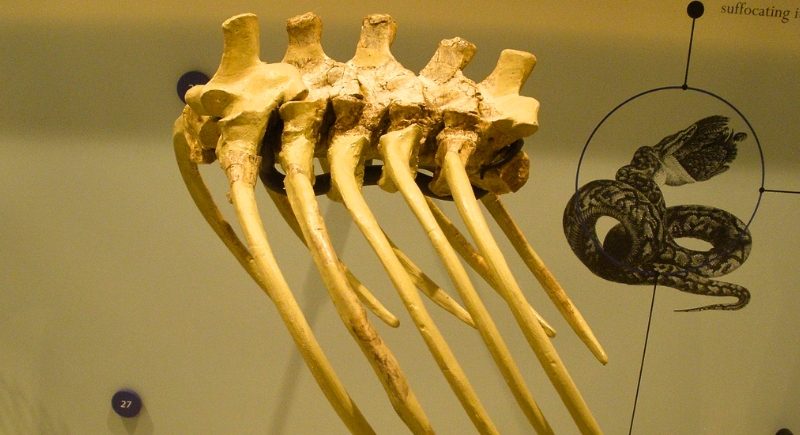
Credit: Wikimedia Commons
Vasuki was a member of the Madtsoiidae family, a now-extinct group of large, non-venomous constrictor snakes. These snakes lived across Africa, Europe, South America, and India, surviving from the Late Cretaceous through the Pleistocene. Vasuki is now considered one of the most ancient and massive in that lineage.
It Crushed Prey, Not Bit It
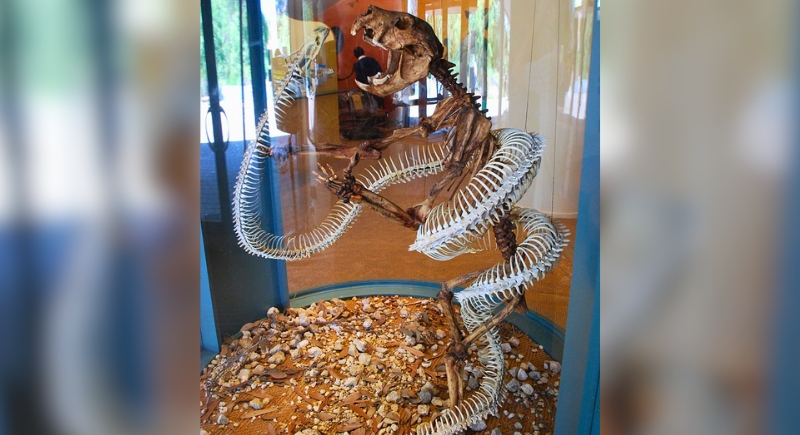
Credit: Wikimedia Commons
Unlike venomous snakes, Vasuki used brute strength. Scientists believe it killed prey by wrapping its muscular body around them and squeezing until they suffocated, just like today’s pythons and anacondas. Given its size, it could have tackled some seriously large meals, possibly even small mammals or reptiles of its time.
It Lived in a Tropical Swamp

Credit: Getty Images
Back when Vasuki roamed the Earth, the region we now call Gujarat wasn’t arid at all; it was a lush, swampy forest. Warm temperatures and wet conditions created the perfect environment for a cold-blooded, ambush-hunting reptile to thrive. Researchers say this climate helped Vasuki grow to such an enormous size.
The Fossils Are Surprisingly Well-Preserved
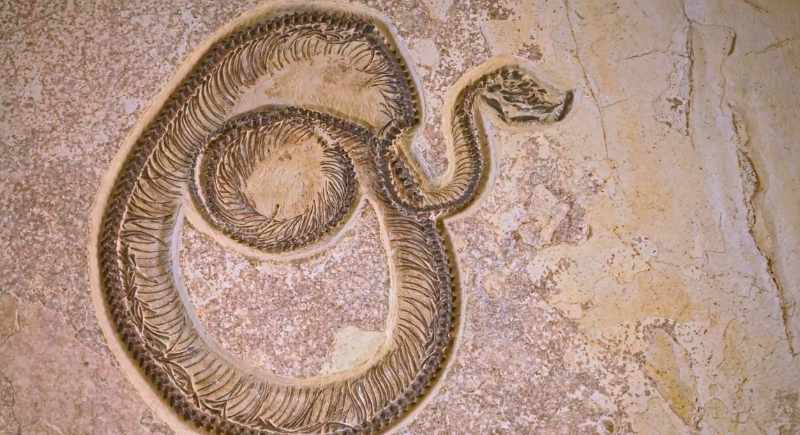
Credit: Youtube
Paleontologists unearthed 27 vertebrae, and many were nearly intact. The largest bone was about 4.3 inches (11 cm) wide. That’s huge for a snake vertebra. These fossilized bones allowed scientists to make accurate estimates of Vasuki’s size and confirm that it was indeed among the largest snakes in Earth’s history.
Bigger Than Titanoboa? Possibly
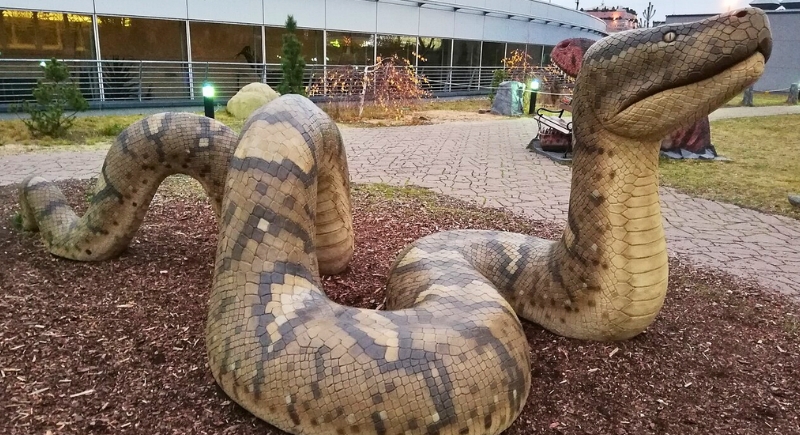
Credit: Wikimedia Commons
Titanoboa, once hailed as the king of snakes, reached an estimated 42–47 feet. Vasuki might have edged it out by reaching 49 feet. Though the full skeleton of Vasuki hasn’t been recovered, researchers believe it could be the new record-holder for the longest snake ever, based on the bone dimensions and modeling.
It Slithered Across Continents

Credit: Getty Images/pixabay
Scientists suggest that Vasuki’s ancestors evolved in India and then spread to Africa and Europe between 56 and 34 million years ago. The Indian landmass had just collided with Asia around that time, creating land bridges and new migration routes for animals, including massive snakes like Vasuki.
Named After a Mythical Snake God
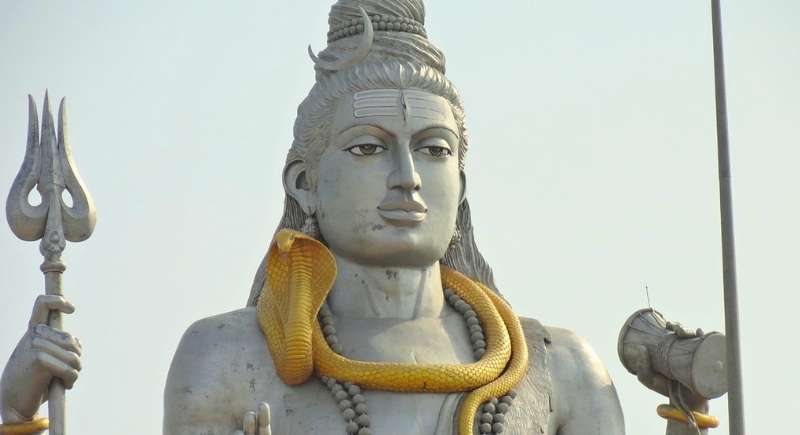
Credit: Wikimedia Commons
The name Vasuki indicus is not random, nor was it named by the people who discovered its remains. It draws inspiration from Vasuki Naag, a serpent king in Hindu mythology who’s often depicted wrapped around the neck of Lord Shiva. It’s a fitting homage for a snake of such epic size and ancient origins.
Warm Earth = Big Reptiles
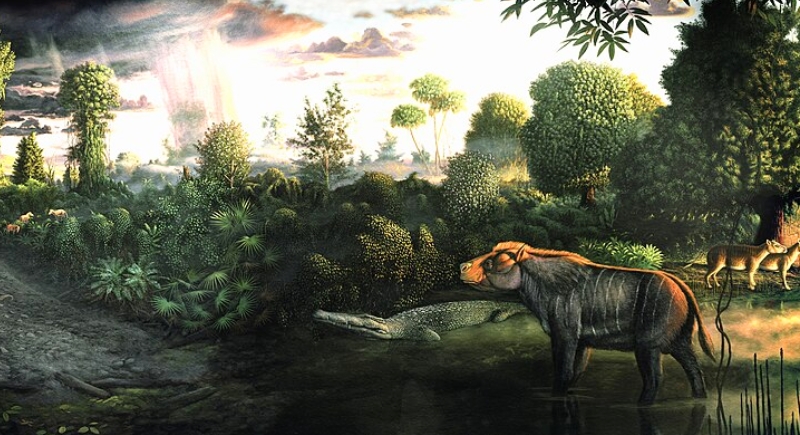
Credit: Wikimedia Commons
During the Middle Eocene, global temperatures were much higher, about 82°F (28°C) on average. These warmer conditions helped reptiles, especially cold-blooded ones like snakes, grow larger. Scientists say today’s climate is warming too quickly for that kind of slow gigantism to happen again.
No Natural Predators, Probably

Credit: pixabay
Given its massive size and strength, Vasuki likely ruled its ecosystem. Few, if any, predators would dare take on something that long and heavy. It was probably an apex predator in its marshy home, capable of taking down large prey with little resistance.
Discovered by Indian Scientists

Credit: Wikimedia Commons
Paleontologists Debajit Datta and Sunil Bajpai from the Indian Institute of Technology in Roorkee led the research on Vasuki. Their work not only helped classify the new species but also connected it to a broader understanding of snake evolution and migration across ancient continents.
Its Family Tree Is Very, Very Old
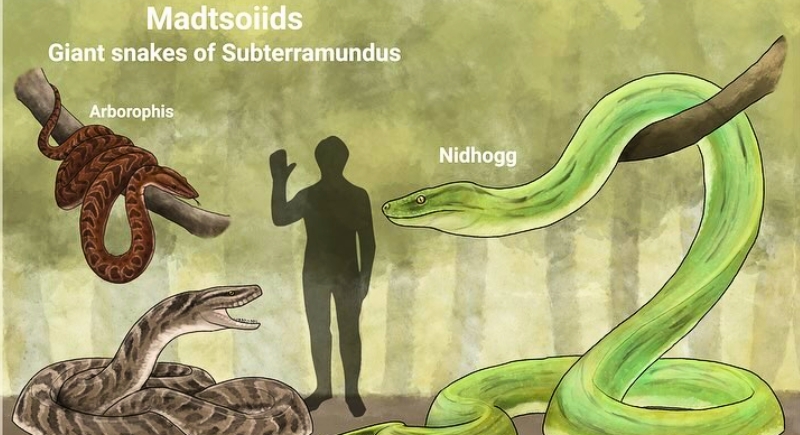
Credit: Instagram
The Madtsoiidae family dates back over 100 million years to the time of the dinosaurs. Vasuki represents one of the latest and largest members before the family went extinct. This fossil find adds a crucial piece to the puzzle of reptile history.
Still Being Studied for New Clues
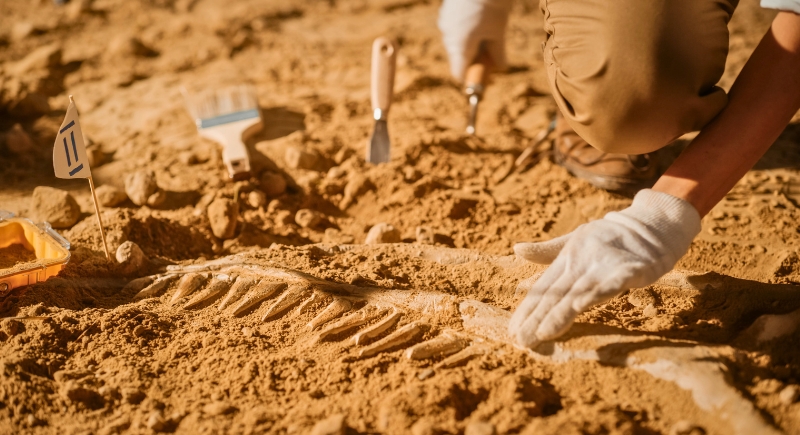
Credit: Getty Images
Even now, Vasuki’s fossils are being analyzed for deeper insights into snake evolution, prehistoric ecosystems, and climate trends. As technology improves, scientists hope to learn more about how it moved, what it ate, and how it fits into the bigger picture of ancient life on Earth.